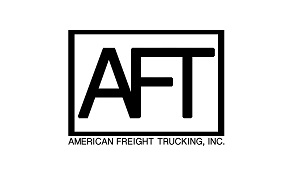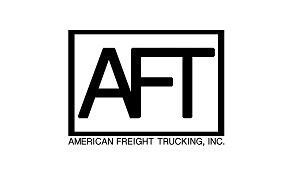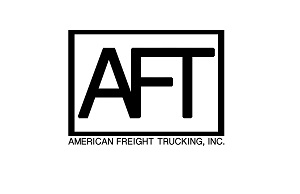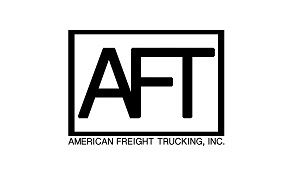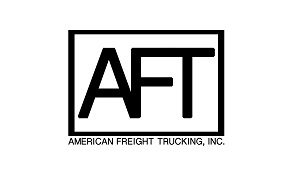VW to Buy Stake in Navistar, Reports Say

Published reports on Monday indicate that Volkswagen's truck division will acquire a stake in Navistar International Corp. and sell engines to the American truck builder, according to Reuters, the Wall Street Journal and the Economic Times.
The deal, which could be announced by VW and Navistar on Tuesday, would give the German-based company a foothold in North America and could threaten Cummins' strong supplier relationship with Navistar, noted Stifel, a stock and industry analyst firm, in reacting to the reports on Monday.
Just how big a stake the company is buying was unclear. Reuters reported 19.9% while the Wal Street Journal said 17%.
Reuters said Volkswagen has agreed to supply engines to Navistar as part of the deal, quoting an unnamed source. Reuters also noted that Volkswagen declined to comment and Navistar couldn't be reached over the Labor Day holiday. Volkswagen will pay around $16 per Navistar share or about $223 million in total, the source told Reuters.
The WSJ says the two companies have been in on-again, off-again talks since early 2015. Sources told the Journal that they have agreed to cooperate on purchasing and developing new products.
Volkswagen reportedly would get two seats on the board of directors as part of the deal and would be joining a board that already includes representatives of activist investors Carl Icahn and Mark Rachesky, who each control about 20% of the company.
“VW has long been rumored to be interested in Navistar,” WSJ wrote. “The German company is a powerhouse in the global truck market, particularly in Europe and Brazil, but doesn't sell many [make that any] large commercial trucks in the U.S."
“Navistar draws most of its sales from the U.S., Canada and Mexico and has a limited overseas business, making it a potentially good fit for VW. Navistar also has a strong dealer network that ...Read the rest of this story
